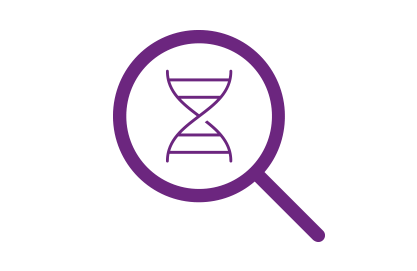Proper Enrichment Helps Animals Acclimate
Environmental enrichment, with regards to animal husbandry, refers to the addition of objects or changes in cage conditions that aim to improve the welfare of laboratory animals3. Many different kinds of enrichment are beneficial to the health and well-being of mouse models. Environmental enrichment enables the animals to express species-specific behaviors such as nesting, resting, exploring, foraging, and gnawing.
Nesting material is often considered the most important enrichment, as it allows mice to thermoregulate while they are resting and express their species-typical nesting behavior. Different kinds of paper, which may or may not be purchased pre-shredded, are some of the most popular choices, as well as cotton squares the animals can shred themselves.
Chew sticks, tubes, various types of huts, lofts, cage dividers and plastic u-shaped swings are other popular choices usually used in addition to nesting material. The super immunodeficient huNOG and huNOG-EXL mouse models have shown a positive response to enrichment provided by Shepherd shacks®. These paper structures allow the animals to hide and nest, and are also able to be safely broken down and chewed on4.
 Key Takeaways
Key Takeaways














.jpg)

.jpg)
.jpg)
.jpg)
.jpg)





.jpg)


.jpg)
.jpg)

.jpg)


.jpg)





.jpg)

.jpg)





